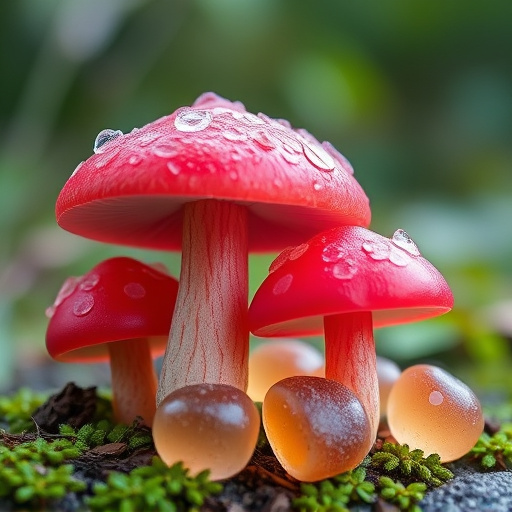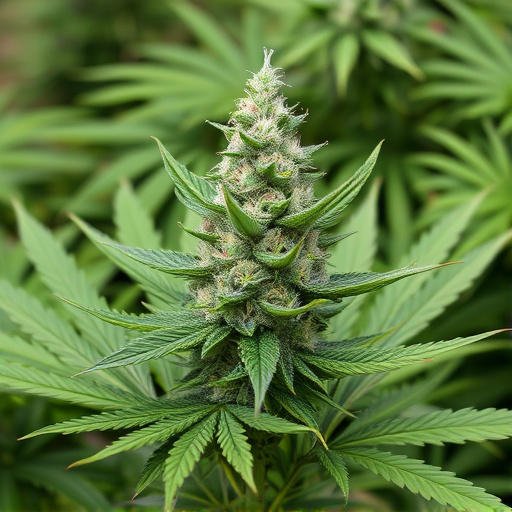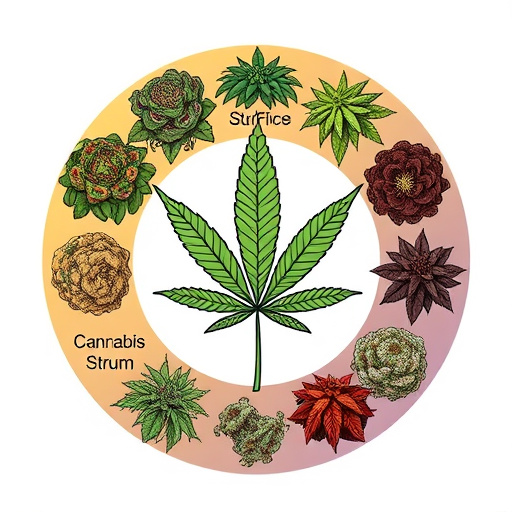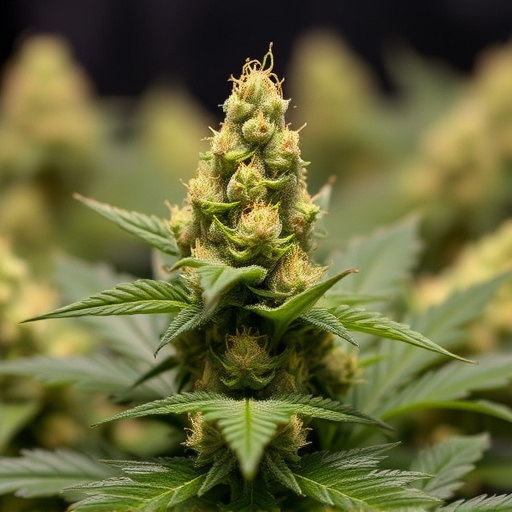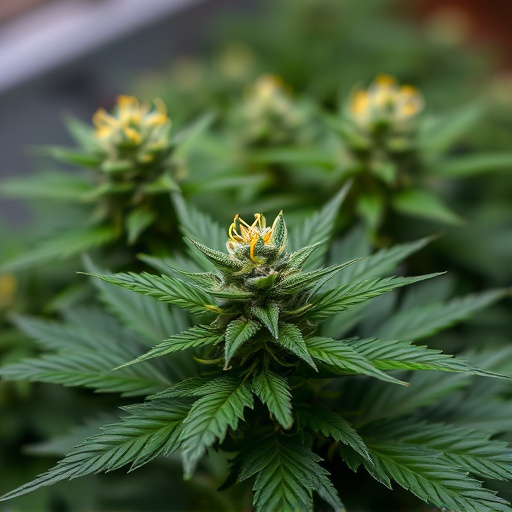Cannabis overdoses, though rare, occur when high-potency cannabis cup strains with elevated THC consume exceed an individual's body processing limit, leading to anxiety, paranoia, and hallucinations. First-time users are particularly vulnerable. Recovery involves creating a calm environment, hydration, small meals, relaxation techniques, and patience (symptoms subside within 6-12 hours). Prevention focuses on selecting cannabis cup strains with lower THC and higher CBD content for better dosage control, mitigating risk of overdose symptoms and anxiety. Consulting experts in choosing suitable cannabis cup strains is crucial.
“Curious about cannabis recovery? Explore our comprehensive guide on how to navigate a cannabis overdose. Understanding the symptoms and causes is the first step, empowering you to recognize potential risks. Learn effective strategies for safe recovery, focusing on managing uncomfortable effects. Discover expert tips on choosing the right cannabis cup strains, ensuring a responsible and enjoyable experience. By implementing these measures, you can minimize future incidents and embrace cannabis with confidence.”
- Understanding Cannabis Overdose: Symptoms and Causes
- Steps for Safe Recovery: Managing Uncomfortable Effects
- Preventing Future Incidents: Choosing Cannabis Cup Strains Wisely
Understanding Cannabis Overdose: Symptoms and Causes
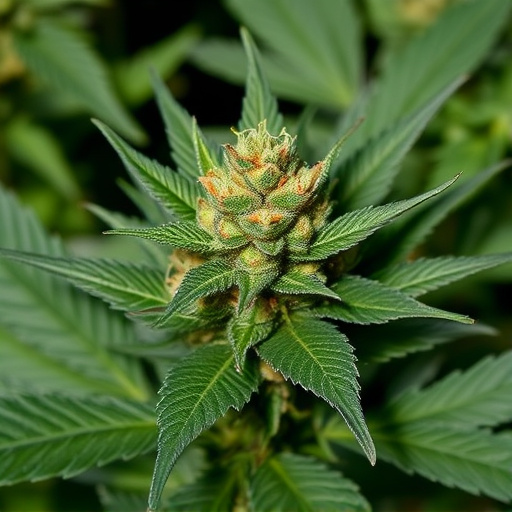
A cannabis overdose, while rare, can occur when an individual consumes a much higher dose of THC than their body can comfortably process. THC, the primary psychoactive compound in cannabis, is responsible for the plant’s euphoric and mind-altering effects. The symptoms and causes of a cannabis overdose are multifaceted, varying based on several factors such as the potency of the cannabis cup strains consumed (higher THC content increases risk), individual tolerance levels, and method of consumption.
Common symptoms include severe anxiety, paranoia, rapid heartbeat, panic attacks, dizziness, nausea, and in extreme cases, hallucinations or delusions. These effects can be particularly intense for first-time users or those who consume high-potency cannabis cup strains. The causes of overdose are primarily linked to the overwhelming presence of THC in the body, leading to an imbalance in neurotransmitter systems that regulate mood, perception, and cognition.
Steps for Safe Recovery: Managing Uncomfortable Effects
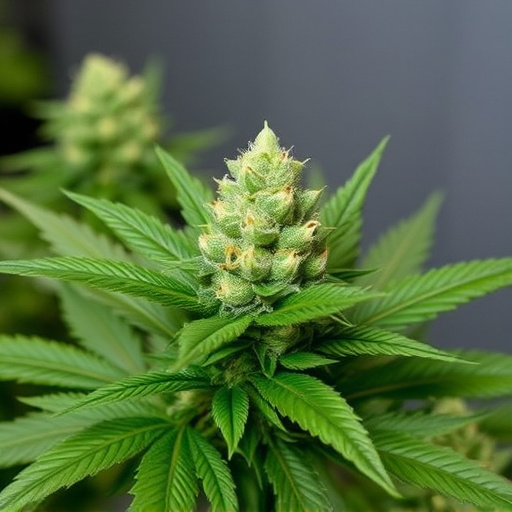
When facing the uncomfortable aftermath of a cannabis overdose, taking immediate steps can aid in a safer recovery. The first priority is to ensure you’re in a comfortable and safe environment; find a quiet place where you won’t be disturbed. Relaxation techniques like deep breathing or meditation can help calm your mind and body, reducing anxiety levels that may escalate the experience. Staying hydrated by drinking plenty of water is essential, as dehydration can worsen symptoms.
Managing physical discomfort is crucial during recovery. Overdose symptoms might include dizziness, nausea, or muscle tension. Taking small, frequent sips of water and light, easy-to-digest foods can soothe your stomach. Applying cold compresses to your pulse points may alleviate dizziness while gently stretching or walking around (if possible) can help reduce muscle tension. Remember, the effects of a cannabis overdose typically subside within 6-12 hours, so patience is vital during this process.
Preventing Future Incidents: Choosing Cannabis Cup Strains Wisely
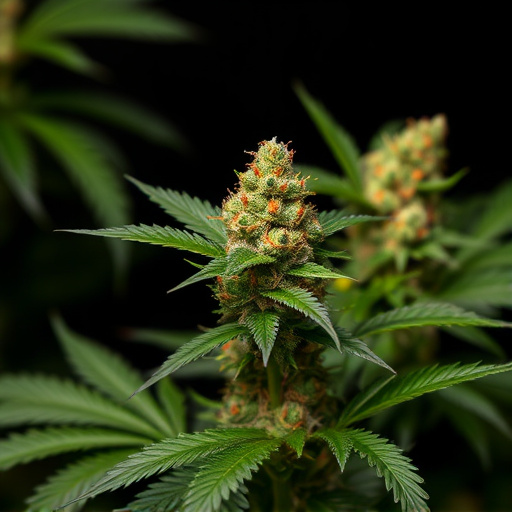
When it comes to preventing future incidents of a cannabis overdose, choosing the right cannabis cup strains is crucial. Opting for low THC and high CBD varieties can significantly reduce the risk. High THC levels are often linked to more intense effects and potential overdose symptoms, while CBD acts as a natural counterbalance, mitigating anxiety and paranoia often associated with excessive THC consumption.
Research shows that specific cannabis cup strains known for their medicinal properties, such as those with high CBD content or specific terpene profiles, can offer more control over dosage and effects. Always seek recommendations from experienced users or consult a cannabis specialist to find strains best suited for your needs and tolerance level.
A cannabis overdose can be an unpleasant experience, but with the right knowledge and steps, recovery is achievable. By understanding the symptoms and causes, you can take proactive measures to manage discomfort during the recovery process. Moreover, learning about different cannabis cup strains and their effects can significantly reduce the risk of future incidents. Remember, making informed choices about your consumption is key to a safer, more enjoyable experience.

